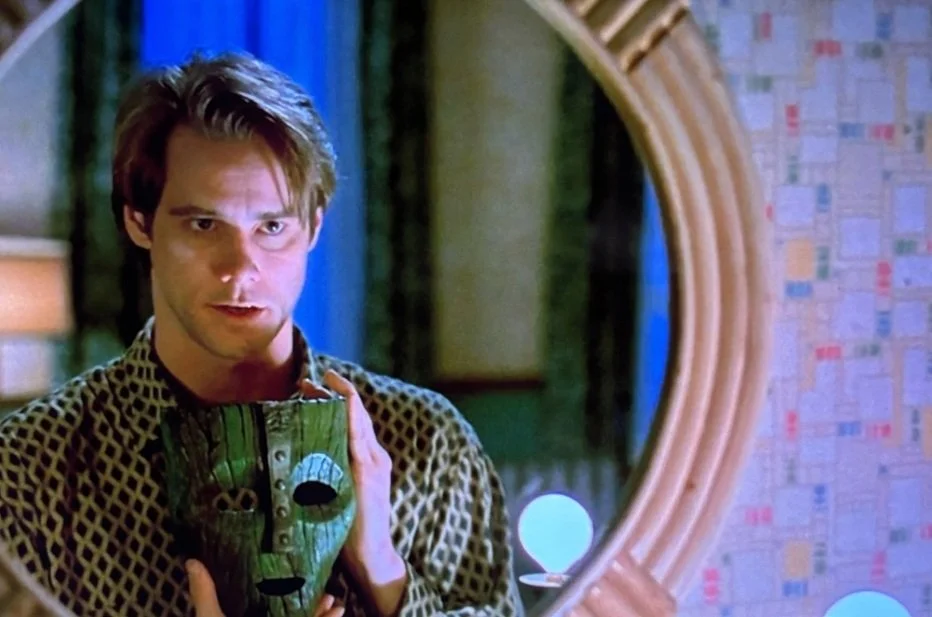Juggling many tasks and responsibilities is HARD. Prioritize tasks before making irreparable mistakes by identifying which of these juggled “balls” are made of rubber, glass, or wood.
Bridge Exercise: Escaping "Stuckness"
Power of Perspective: Cycle or Spiral?
You may feel sometimes like you’re going in circles - expending so much energy, time, and resources to change, only to find yourself in the same place all over again. As more time goes on, you feel like the future is bleak - what’s the point of trying, if it’s going to be the same? Perhaps what’s the issue is not what’s happening but how you perceive what’s happening. What if you ARE actually changing?
How to Get UNSTUCK from DISCONTENT
Radical Candor: Balancing Regard for Self and Others
Life Timeline: A Bird's-Eye View of Your Life
Top 10 List: Using Memories to Change Your Life
What to Ask in the Therapy Consult Call
How to Find a Therapist or Counselor in San Jose
What is Brainspotting?
Brainspotting is a brain-based processing method similar to EMDR that channels the body’s natural ability to heal itself from overwhelming or stressful experiences that generate symptoms like anxiety, depression, hypervigilance, and overreactivity. It does so by finding specific eye positions (Brainspots) linked to unprocessed stress experiences stored in the brain and letting the body “detox”.
How Online Therapy Can Help
How to Help a Loved One Ground: Sensory Recall
Living Wholehearted: Emotions Help Us Thrive
Emotions are an essential part of life and relationships. Try as you might, you won’t be able to get rid of them…and there’s no need to! Anxiety, guilt, shame, anger, and sadness reveal legitimate needs that all of us have. As we reintegrate emotions back into our lives, we are empowered to engage life to the fullest.






















